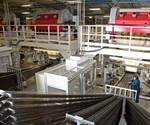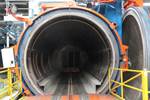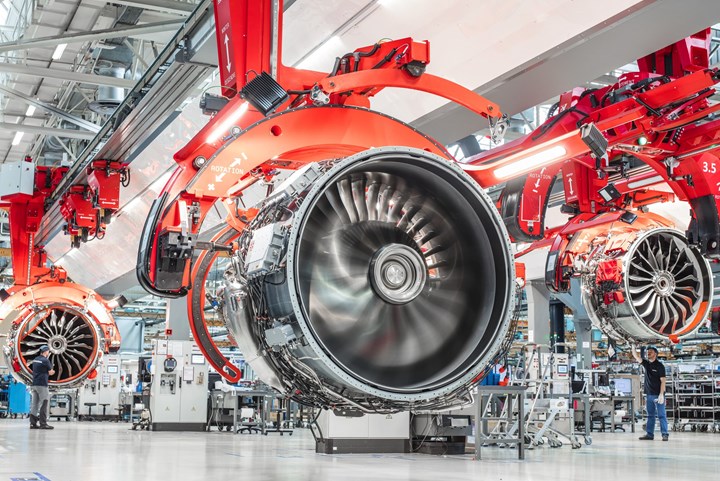GKN Aerospace expands LEAP engine support with Safran
Strengthened long-term partnership will initially cover new shafts and spare part production for the composites-intensive LEAP-1A variant.
GKN Aerospace (Redditch, U.K.) has strengthened its long-term partnership with engine-maker Safran (Paris, France), after signing a decade-long agreement to expand its support for the LEAP engines. The contract covers new shafts and spare part production for the LEAP 1A variant for the Airbus A320neo aircraft, with the expectation to produce similar components for the LEAP 1B for the Boeing 737-MAX aircraft in the future.
The LEAP 1A engine incorporates 18 carbon fiber composite fan blades rotating within a carbon fiber composite fan case. Its low-pressure turbine rings and blades are made of ceramic matrix composites (CMC).
Through this contract GKN will support Safran with its significant future demand and will start up new shaft production at GKN Aerospace’s global center of excellence in Kongsberg, Norway. The first shafts are expected to be delivered from GKN Norway to Paris in the second half of 2024.
GKN Aerospace and Safran have worked together closely for more than 35 years, with long-term partnerships in place for the CFM56 and GE90 engines, as well as on the next-generation RISE technology development program.
More than 5,000 LEAP engines are currently in service, with a backlog of 10,000 more engines on order. With more than 30 million flight hours to date, the LEAP engine has reportedly achieved the fastest order and flight hour ramp up in commercial aviation history.
Related Content
-
Materials & Processes: Fabrication methods
There are numerous methods for fabricating composite components. Selection of a method for a particular part, therefore, will depend on the materials, the part design and end-use or application. Here's a guide to selection.
-
Materials & Processes: Fibers for composites
The structural properties of composite materials are derived primarily from the fiber reinforcement. Fiber types, their manufacture, their uses and the end-market applications in which they find most use are described.
-
Infinite Composites: Type V tanks for space, hydrogen, automotive and more
After a decade of proving its linerless, weight-saving composite tanks with NASA and more than 30 aerospace companies, this CryoSphere pioneer is scaling for growth in commercial space and sustainable transportation on Earth.

















